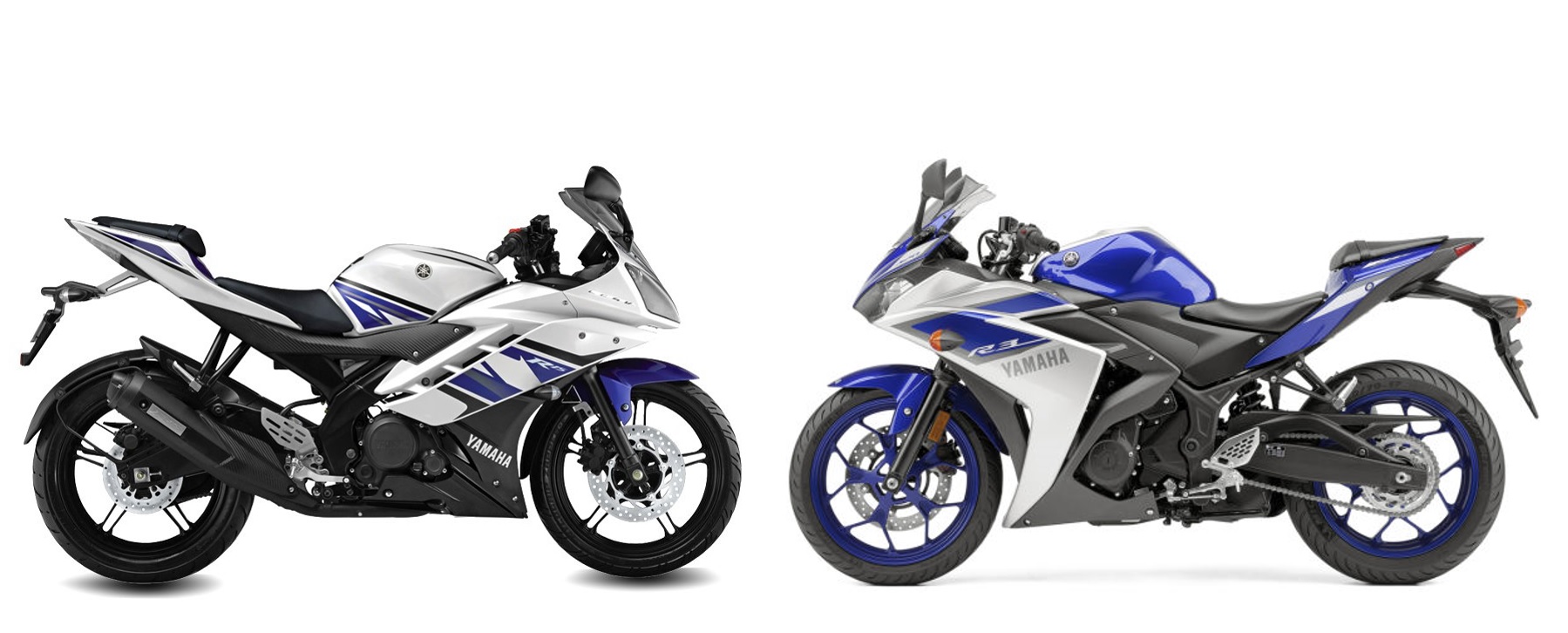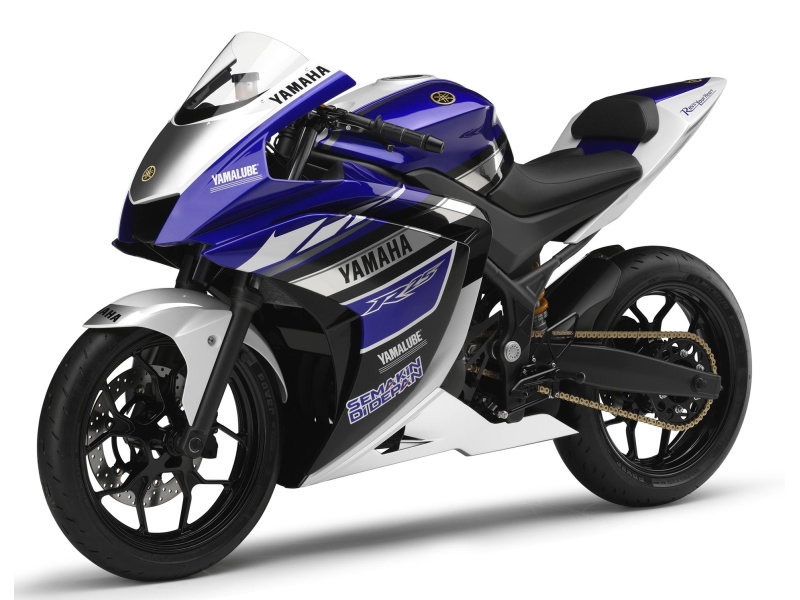We are a few days away from the R3 hitting the dealer showrooms and only time will tell if the R3 will be able to benchmark performance like the R15 did. We completely agree there’s no comparison between the two motorcycles. Different displacements, but they are of the same origin. This time, Yamaha has taken a different route.
Yamaha had built the R15 with the intention of creating a thorough track breed motorcycle. With the R3, we feel Yamaha has gone commercial. Making a more comfortable, realistic to use everyday motorcycle which is meant for the masses, exactly what Honda has done with its motorcycles. There’s nothing wrong with that strategy, it will definitely help Yamaha achieve sales numbers. Only a few percentage of enthusiasts actually take it to the tracks anyways. No doubt the R3 will do well in the market as Yamaha in India has a huge loyalty base and it IS delivering a superb motorcycle, but it will lose out on the true supersport enthusiasts. For which, R15 was the machine – to dominate the racetrack.
Let us see how the R3 is different from the R15:
Frame: The R15 has a Deltabox frame. More superior than the tubular frame that the R3 gets. No doubt Deltabox frame is more costly to manufacture than the tubular frame but the reason why superbikes and GP bikes use Deltabox frame is simple, they deliver supreme handling prowess. The R15 clearly wins over the R3 on this. We believe the R3 won’t be as elegant in corners as the R15.
Riding position: The R15 has a more committed riding position than the R3. The R15’s aggressive riding position induces more confidence in the rider. The R3 has slightly front set foot pegs as compared to the supersport R15 stance. R3’s comfortable stance will benefit on long rides. Practically speaking the R3 has a much better riding stance for city and daily riding but will it prove its ground on the track and hold true to its ‘R’ name tag?
Weight distribution: The R15 is front biased. Which means more weight is on the front tyre. This gives better front end feel while braking and cornering. R3 has 50-50 weight distribution with low center of gravity, but lacks front end feel.
Wheelbase: The R15’s wheelbase is 1,345 mm which is 35 mm less than R3’s wheel base (1,380mm on R3) which means the R15 is more willing to lean in than the R3. Whereas the R3 will be more stable and planted. But to be frank the difference of wheelbase in both bikes is negligible, it won’t make much of a difference in handling.
Power delivery: The power delivery on the R3 is more refined and linear and that is of course it’s a twin cylinder motorcycle. Both have high revving engines which stands up to the Yamaha’s ‘R’ tag.
Suspension: The suspension on the R3 is slightly on the softer side and not track ready like the R15’s suspension.
Overall we can see that this time Yamaha has not designed a completely track focused motorcycle. Well on behalf of track junkies, we do wish Yamaha comes up with an add-on set to convert the motorcycle that looks like the R25 prototype with stiffer suspension, aggressive seating, lowered clip-ons and rear set foot-pegs.



